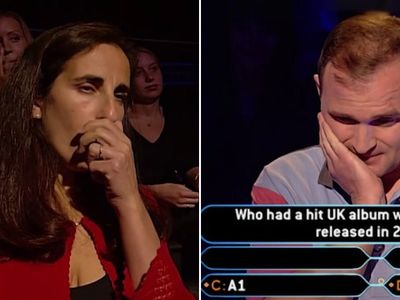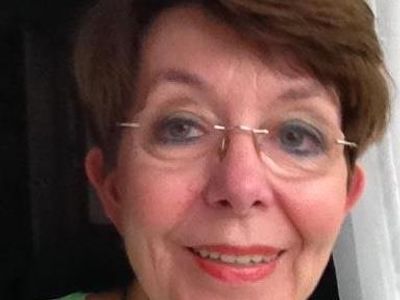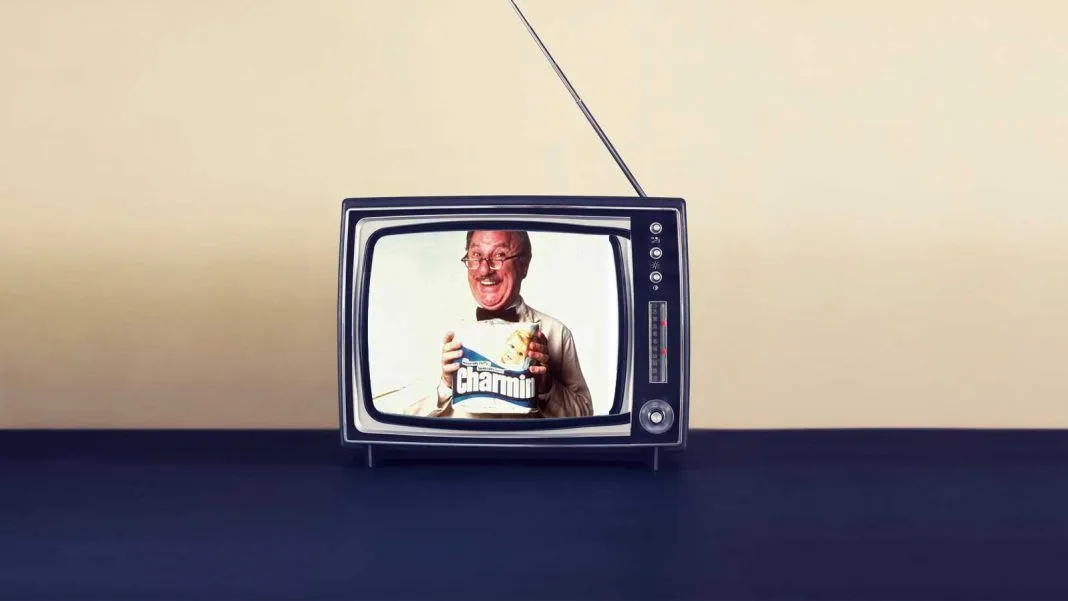5 Game Show Cheaters Caught On Live TV & Their SECRETS REVEALED!
Ever dreamed of walking away with a million dollars from a game show? While most contestants rely on knowledge and luck, a cunning few have managed to crack the code through elaborate schemes and clever exploitation of loopholes. From sophisticated coughing signals to pattern memorization, these audacious contestants pushed the boundaries between strategy and deception, forcing shows to completely overhaul their systems. Their ingenious methods left producers scratching their heads and viewers questioning everything they thought they knew about game show integrity.
Charles Ingram's Cunning Plan on Who Wants to Be a Millionaire
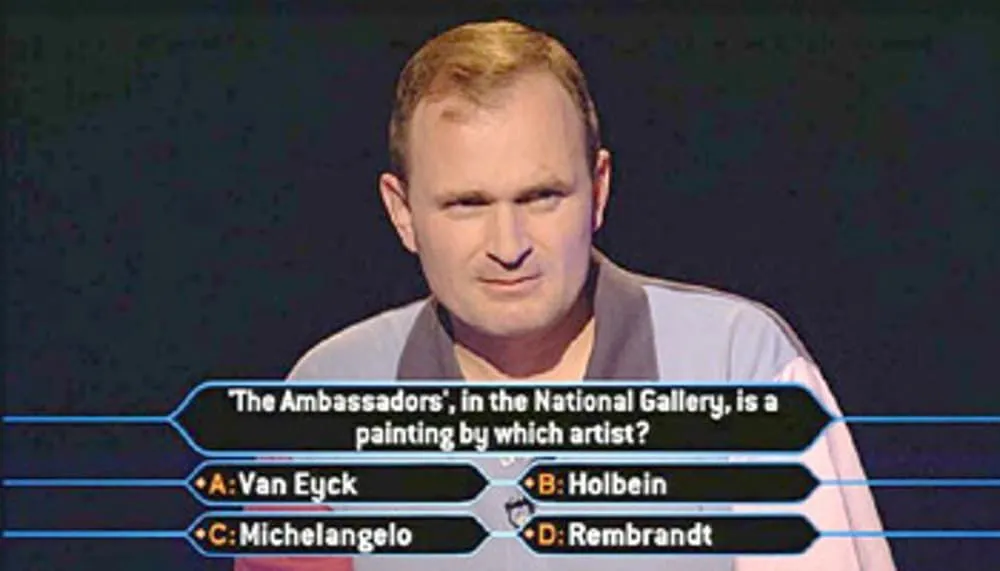
British Army major Charles Ingram orchestrated perhaps the most quintessentially British scam in game show history during his 2001 appearance on Who Wants to Be a Millionaire. His seemingly innocuous habit of talking through answers out loud masked an ingenious scheme involving strategically-timed coughs from his wife Diana and another contestant in the audience.
Each time Ingram vocalized the correct answer, his accomplices would emit a subtle cough, guiding him all the way to the coveted £1 million prize. The ruse went undetected during filming, with even the host noting nothing suspicious during the check presentation. However, a vigilant producer reviewing the footage noticed the peculiar pattern of coughs coinciding with correct answers.
The coughing caper eventually caught up with Ingram. After a three-day jury deliberation, he was found guilty of procuring valuable security by deception. While avoiding jail time, Ingram and his co-conspirators were slapped with £115,000 in fees - a costly price for their audacious deception.
Michael Larson's Strategy on Press Your Luck
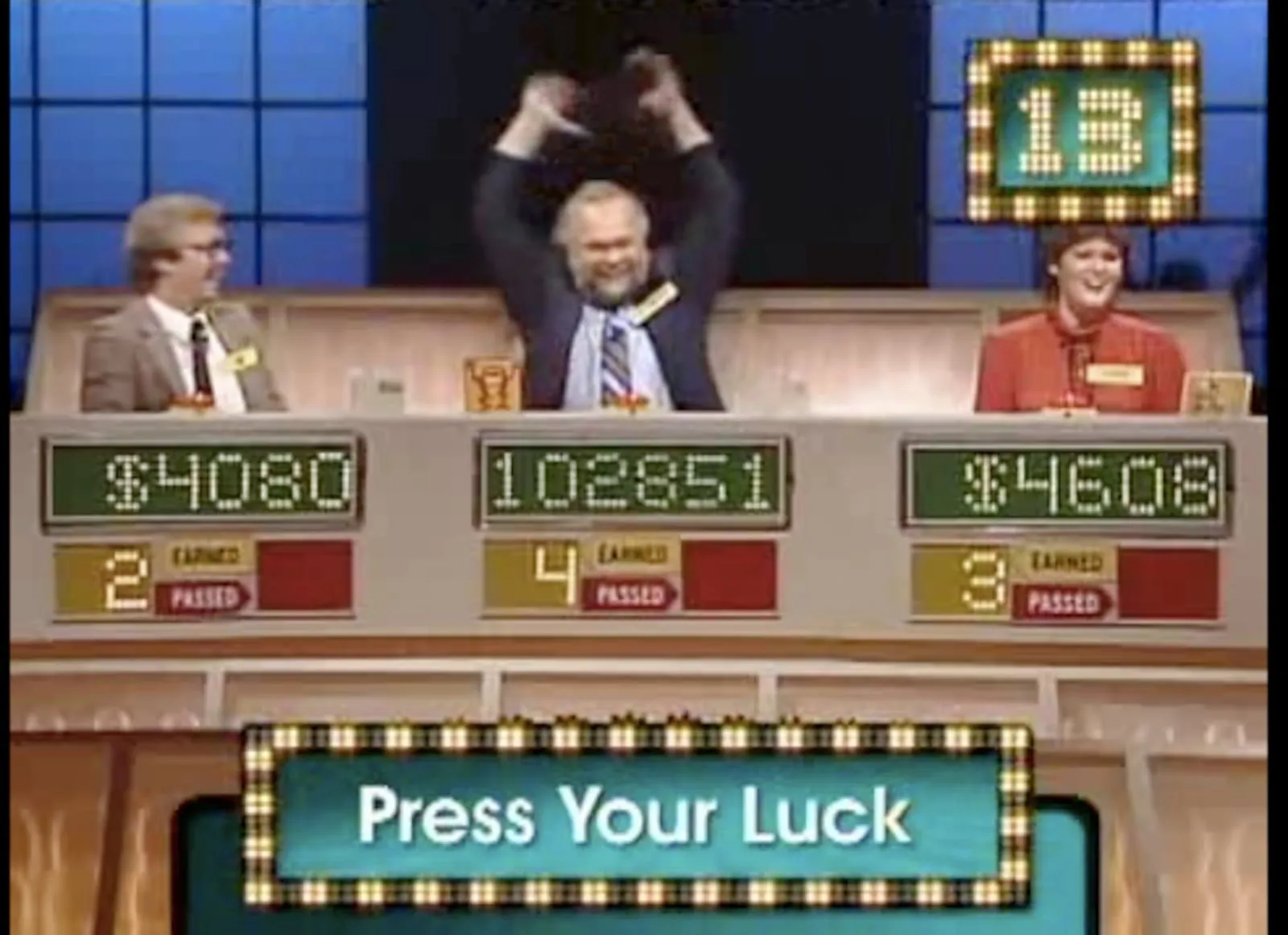
In 1984, ice cream truck driver Michael Larson cracked the seemingly random patterns of Press Your Luck through meticulous observation. By recording and studying episodes, he discovered the game board's light sequence only had five distinct patterns. Through fastidious practice with his VCR's pause button, Larson memorized these sequences and identified two squares that never contained the dreaded "Whammy" - the show's instant bankrupt penalty.
Despite initial suspicion from the contestant supervisor, Larson made it onto the show and executed his strategy flawlessly. He hit the high-value squares repeatedly, amassing an unprecedented $110,000. His telltale reactions - showing confidence before prizes were revealed - eventually caught producers' attention.
In a twist of irony, CBS's legal team determined Larson hadn't technically cheated since no rules prohibited pattern memorization. They grudgingly paid his winnings, though Larson's fortune would evaporate within two years through various misadventures. The show subsequently revamped its board patterns, ensuring no one could replicate his remarkable feat.
Adriana Abenia's Use of Technology on Pasa Palabra
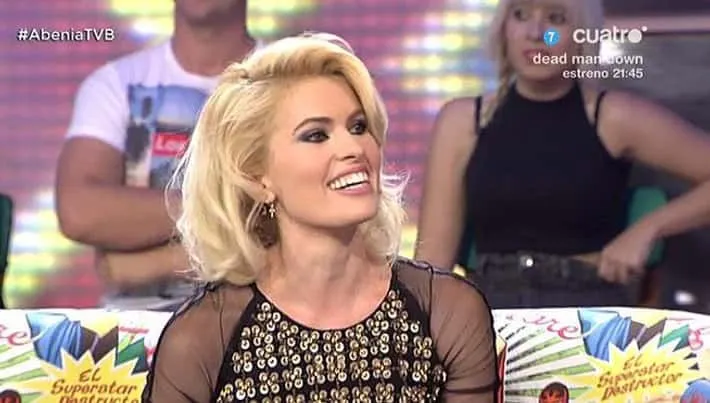
Spanish television personality Adriana Abenia brought a contemporary twist to game show cheating during her appearance on the popular show Pasa Palabra. During the music recognition segment, her suspiciously accurate answers raised eyebrows when attentive viewers noticed her peculiar habit of glancing downward before responding.
The perspicacious host and audience soon discovered her ingenious yet straightforward method - Abenia had cleverly positioned her smartphone on her lap, running the Shazam app to identify each song as it played. Unlike the more elaborate schemes of other game show cheaters, her tech-savvy approach represented a distinctly modern take on gaming the system.
What sets this incident apart from other game show scandals was the lighthearted response it received. Rather than facing severe consequences, Abenia's creative use of technology was met with amusement and even praise from the host, who commended her resourceful strategy. This good-natured reaction highlighted a stark contrast to the more serious ramifications faced by other game show cheaters.
Charles Van Doren and the Scandal on 21
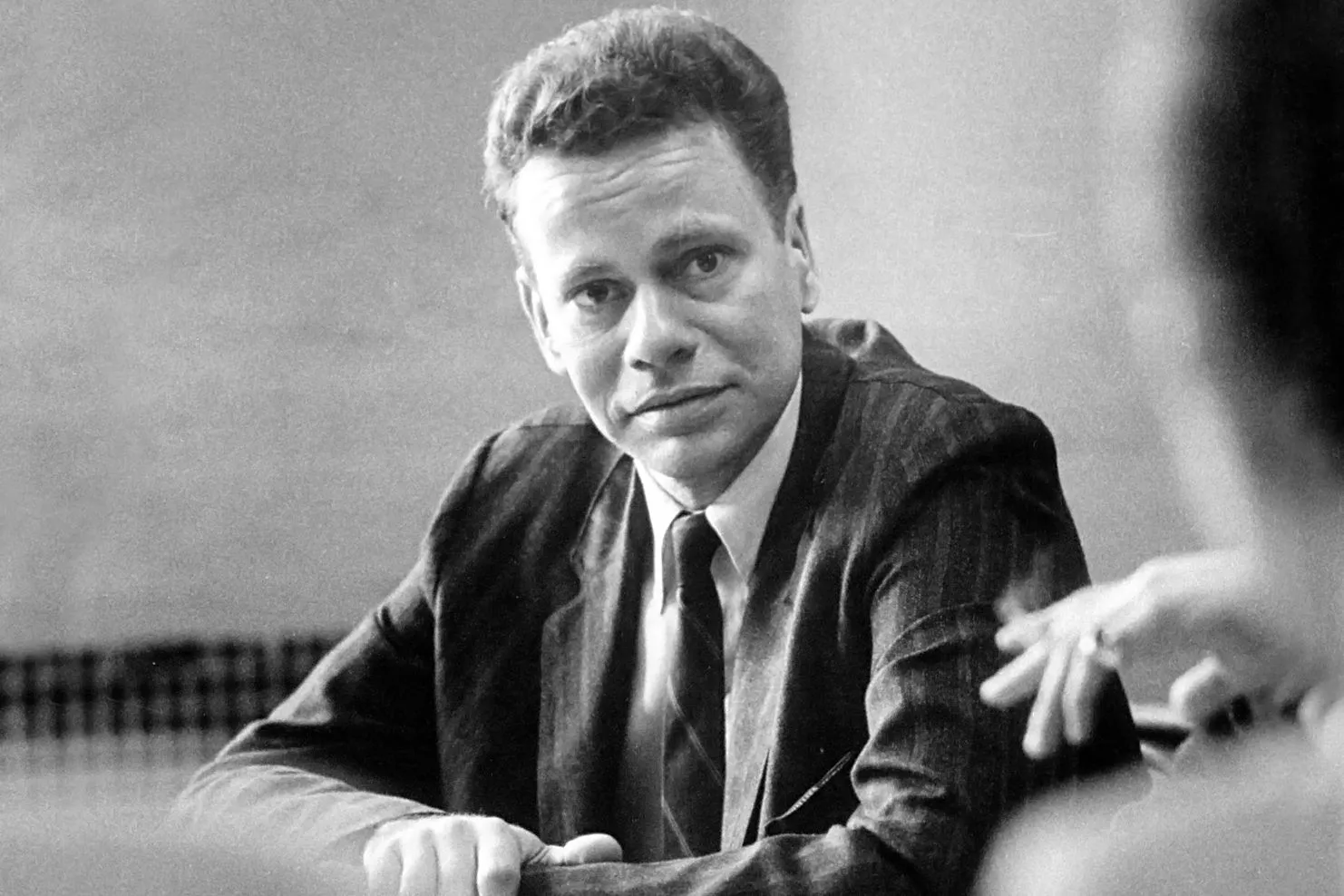
Charles Van Doren became the central figure in television's most notorious quiz show scandal during the 1950s. The producers of "21" orchestrated his success by secretly providing him with answers to dethrone their disliked reigning champion. Van Doren's telegenic presence and articulate demeanor made him the perfect choice for their scheme.
For two straight months, Van Doren dominated the show, accumulating nearly $130,000 in winnings - equivalent to over $1.1 million today. His manufactured success catapulted him to celebrity status, even landing him on Time magazine's cover in 1957. The producers' subterfuge worked brilliantly, driving the show's ratings to unprecedented heights.
The facade crumbled when Van Doren's conscience prevailed, prompting him to confess about receiving answers beforehand. His revelation sent shockwaves through the industry, exposing widespread corruption across 1950s game shows. The irony of his earlier statement defending quiz show integrity - calling suspicions "silly and distressing" - became particularly poignant after his confession unleashed a sweeping investigation into television quiz show practices.
Terry Kniess's Accurate Guessing on The Price Is Right
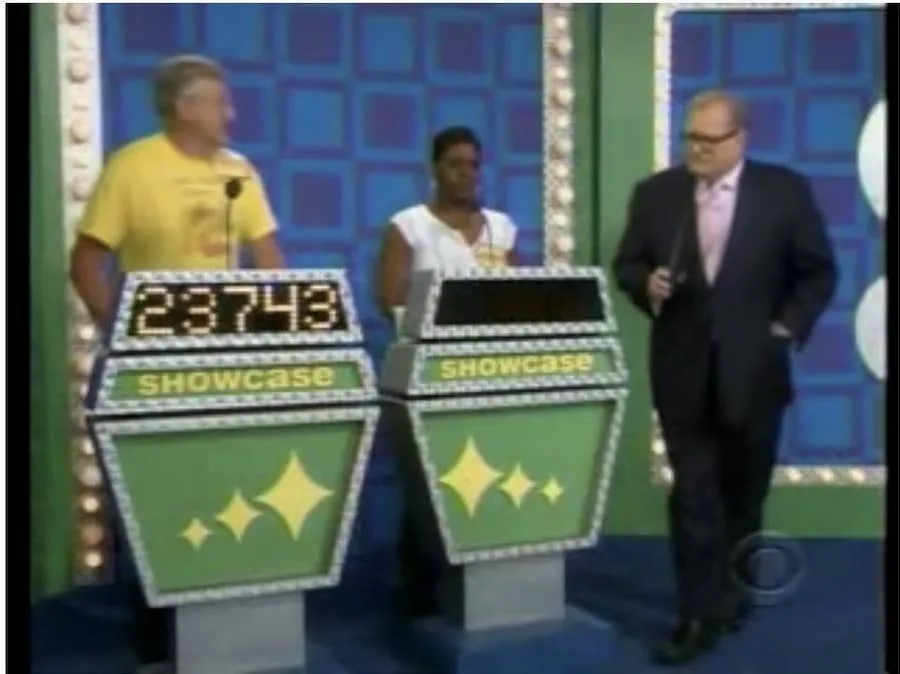
Terry Kniess shattered a 38-year record on The Price Is Right by achieving the impossible - perfectly guessing a showcase's exact price. His remarkable accuracy wasn't luck but rather the result of methodical preparation. Together with his wife Linda, Terry spent four months studying the show, discovering that prizes frequently repeated with identical prices.
Armed with memorized values and astute pattern recognition, Terry calculated his showcase would cost around $23,000. For the remaining digits, he cleverly incorporated personal numbers - his wedding date (seventh), his wife's birth month (April), and March - arriving at $23,743. To everyone's astonishment, this was the exact retail price.
When Terry explained his methods to host Drew Carey, the show's producers were dumbfounded. Though his strategy wasn't technically cheating, it exposed a significant flaw in the show's format. The Price Is Right subsequently overhauled their system, introducing new showcases and varying prices to prevent anyone from replicating Terry's unprecedented feat.
